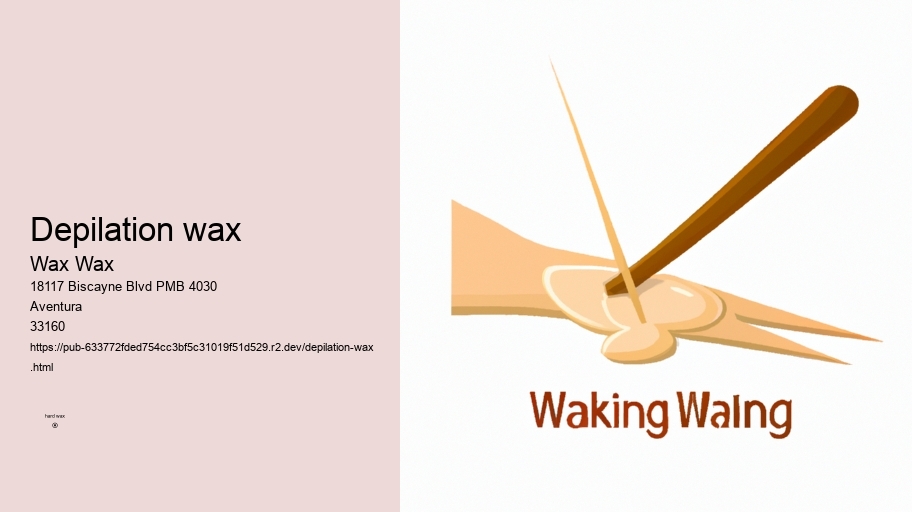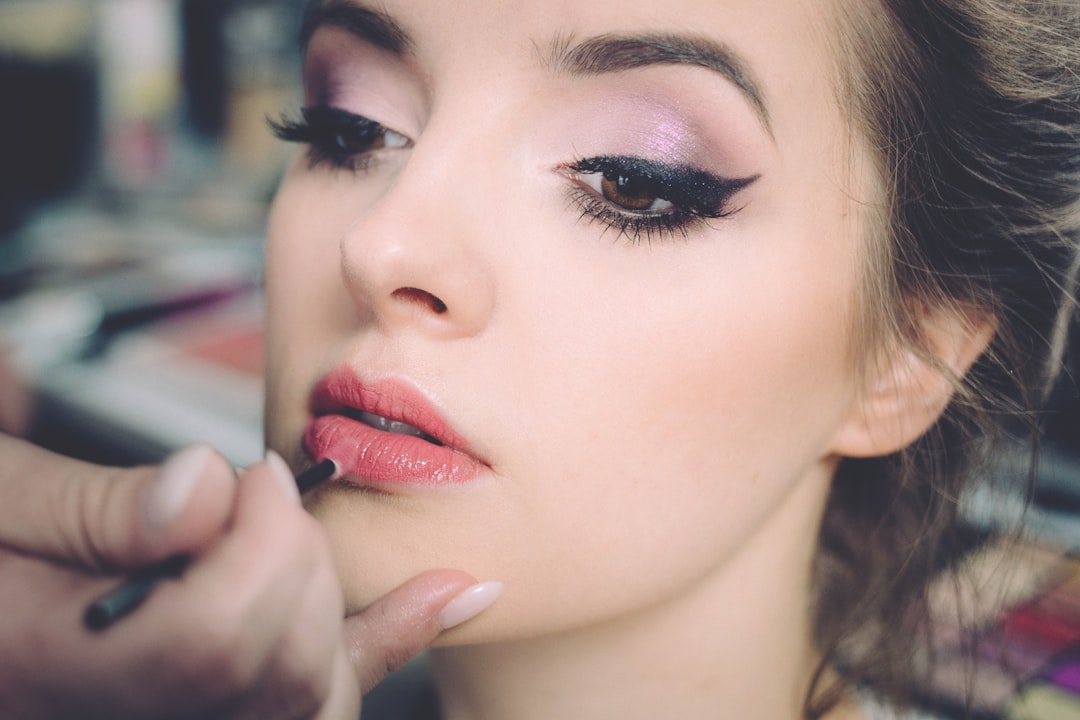

Contrary to popular belief, waxing does not directly cause ingrown hairs. hardening wax Ingrown hairs typically occur when the hair follicle becomes clogged with dead skin cells, resulting in the hair growing sideways or curling back into the skin. (However), regular exfoliation before and after waxing can help prevent ingrown hairs by removing dead skin cells and allowing the hair to grow freely from the root. Additionally, using proper post-waxing care products, such as soothing creams or lotions, can also minimize the risk of ingrown hairs. So fear not - waxing may actually reduce the likelihood of ingrown hairs when done correctly!
Waxing is a form of semi-permanent hair removal that involves applying a sticky substance, such as wax, to the skin and pulling out the hair from the follicle. This method dates back to ancient civilizations, where various natural substances were used for hair removal.
Your esthetician will apply warm wax to the hair in the bikini area, press a cloth strip on top, and then quickly pull it off to remove the hair from the root.
Get the best hard wax products from Wax Wax.Waxing is a form of semi-permanent hair removal that involves applying a sticky substance, such as wax, to the skin and pulling out the hair from the follicle. This method dates back to ancient civilizations, where various natural substances were used for hair removal.
Strip waxing (soft wax) is accomplished by spreading a wax thinly over the skin. A cloth or paper strip is applied and pressed firmly, adhering the strip to the wax and the wax to the skin. The strip is then quickly ripped against the direction of hair growth, as parallel as possible to the skin to avoid trauma to the skin. This removes the wax along with the hair. There are different forms of strip waxing or soft waxing: heated, cold or pre-made strips. Unlike cold waxing,
Waxing a woman's armpits .
Waxing is a form of semi-permanent hair removal that involves applying a sticky substance, such as wax, to the skin and pulling out the hair from the follicle. how to use waxing beads This method dates back to ancient civilizations, where various natural substances were used for hair removal.
Overall, waxing remains a popular choice for hair removal due to its effectiveness and longer-lasting results. The practice continues to be refined with new techniques and products being developed to improve the experience for those seeking smooth and hair-free skin.
4. Can waxing exfoliate the skin as well?
Find sources: "Waxing" news · newspapers · books · scholar · JSTOR ( April 2017 ) ( Learn how and when to remove this message )
Reduces Irritation: Waxing already involves pulling hair from its roots, which can be harsh on the skin. Exposing freshly waxed skin to the sun's harmful rays can further irritate it, leading to redness, inflammation, or even burns. By staying out of the sun before and after a waxing session, you give your skin time to recover and reduce the chances of experiencing irritation or discomfort.
Most professionals recommend waiting 4-6 weeks before scheduling your next waxing appointment to allow for proper hair growth.
3. Is it recommended to do a patch test before getting waxed with sensitive skin?
Next (incorrectly used instead of "then"), exfoliate your skin using a scrub or exfoliating gloves to remove dead skin cells.
1. How can I prepare my skin before a waxing session to minimize pain?

Firstly, choose loose-fitting garments made of cotton or other soft materials. (H3) Secondly, avoid wearing tight jeans or leggings immediately after waxing as they can cause friction on the skin. (H3) Thirdly, opt for skirts or dresses rather than pants to give your skin some breathing room. (H3) Lastly, make sure to stay away from synthetic fabrics like polyester that can further irritate your sensitive skin. (H3)
Historical facts about waxing
Not to be confused with Wax play or Waxwing .
After waxing, it is crucial to soothe and care for the skin properly. This step is often overlooked but essential in preventing irritation and ingrown hairs. Applying a gentle moisturizer or aloe vera gel can help calm the skin and reduce redness. (Don't forget to hydrate your skin!!) Additionally, exfoliating the area a few days after waxing can help prevent ingrown hairs by removing dead skin cells that may block hair follicles. Taking care of your skin post-waxing will ensure a smoother and more comfortable experience overall.
What is waxing
Sugaring Wax Sugaring wax is an all-natural alternative to traditional waxes (!). hard wax wax Made from sugar (!), water (!), and lemon juice(!), this type of wax is gentler on the skin compared to other options. Sugaring has gained popularity due to its natural ingredients and effectiveness in removing unwanted hair(!).